Synergy Science: Intercampus collaboration strengthens discovery enterprise
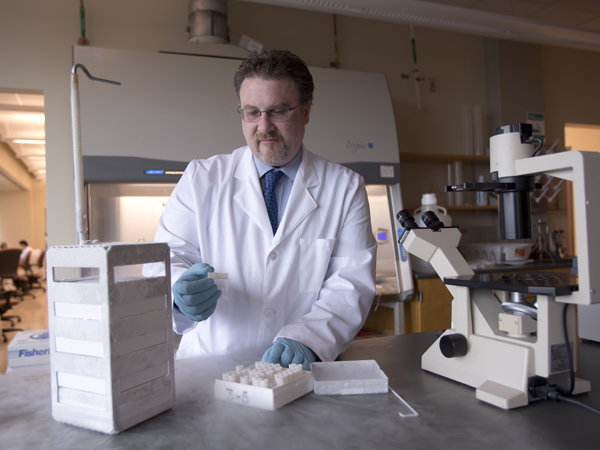
One hundred sixty-seven miles of road separate the University of Mississippi campuses in Oxford and Jackson. Despite the distance, scientists at both institutions are paving paths to new discoveries through research collaborations.
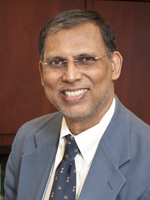
"It used to be that one person could do lots of research on their own, but now fields are more specialized," said Dr. Srinivasan Vijayakumar, director of the Cancer Institute at UMMC. "Now, we practice team science."
Vijayakumar is reading "Enhancing the Effectiveness of Team Science," a National Science Foundation report that addresses the complexity of 21st-century research and how institutions can better reach their goals by working together.
"Both UM and UMMC have strengths. By combining our teams, we are pushing the envelope to make new discoveries," Vijayakumar said.
One of the most prominent intercampus collaborative efforts is between the Cancer Institute in Jackson and the National Center for Natural Products Research in Oxford.
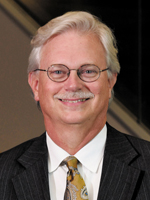
"Over the last few years we have strengthened our relationship with the Oxford campus, particularly with the NCNPR," said Dr. Richard Summers, associate vice chancellor for research at UMMC.
Scientists at NCNPR, established in 1995, look for medically relevant compounds from nature that can be developed into pharmaceuticals and dietary supplements. To date, they have built a library of 10,000 plant extracts, many from plants used in traditional medicines.
For example, bachelor's button, or feverfew, has been used in various cultures for headaches and pain for at least 2,000 years. NCNPR contributed to the research on parthenolide, the compound in the plant believed to hold these medicinal qualities.
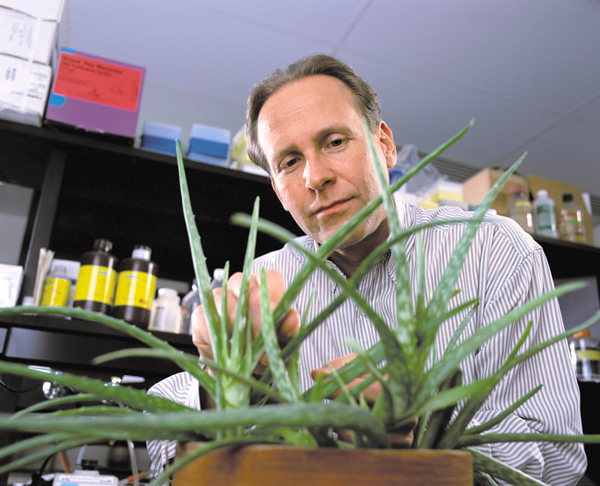
Dr. David Pasco, associate director of NCNPR and director of the cancer drug discovery core, says this research has led to clinical trials to test parthenolide's cancer-fighting abilities.
"NCNPR makes exciting discoveries from plants that could benefit human health," said Dr. Larry Walker, director of the center, "but we lacked a bridge into their application."
The missing link: a pipeline to patients — real people, in need of real cures.
"The NCNPR is the only institution of its kind in the country, perhaps the world," Vijayakumar said. "But they can't get approval of their products until tested in patients."
"When UMMC founded the Cancer Institute, we thought this would be a perfect collaboration opportunity," Pasco said.
The collaboration has been "on the books" since the Cancer Institute's formation in 2004, Walker said, but creating the cancer drug discovery core in 2011 solidified the relationship. It's truly a joint venture between the campuses, Pasco said.
"We have developed a complete assay system to assess the ability of natural products to inhibit signaling pathways present in tumor cells," Pasco said. So far, they have classified 10-15 promising compounds for further testing, including parthenolide.
"NCNPR provides the chemistry expertise and personnel, and the Cancer Institute supports the personnel for the assay design and screening," Walker said.
After the initial discovery, it is necessary to study the effects of the products on different tumor types and relevant human pathways. At UMMC, some of the researchers conducting these evaluations include Dr. Radhika Pochampally, associate professor of biochemistry, who studies drug targets in tumor microenvironments, and Dr. Yin-Yuan Mo, professor of pharmacology and toxicology, who studies the molecular mechanisms that may lead to cancer.
"Their research efforts will become core elements in our collaborations in the coming years," Walker said.
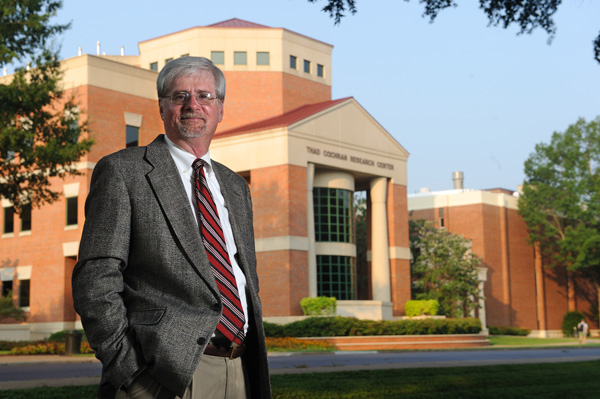
To continue this progress, the university is recruiting more talented faculty to further the mission to cure cancer. One such faculty member is Dr. Pier Paolo Claudio, professor of biomolecular sciences, who began a joint appointment at the Cancer Institute and the NCNPR in late 2015.
Claudio's research interest is precision medicine for cancer. He developed an assay for testing numerous chemotherapy drugs against a patient's own tumor stem cells, allowing him to determine which drug might work best, with over 97 percent accuracy. He will expand that work to include the botanical products catalogued by the NCNPR.
By combining chemotherapy agents with complementary natural products, Claudio and the rest of the cancer drug discovery core hope to improve outcomes for patients.
"With this work, we could become real pioneers in this particular frontier of cancer research," Walker said.
And it doesn't stop there.
"We can expand this work to not just cancer but other diseases," Claudio said.
"In the next five years, our goal is to discover one new drug that can make cures possible," Vijayakumar said. To do this, Vijayakumar also intends to recruit more joint-appointed faculty to strengthen the CI-NCNPR collaboration.
"This is one of the strongest, longest-lasting collaborations that the campuses have seen," Pasco said. "We are now in a position to truly work productively together."
It's not only the Cancer Institute that collaborates with UM faculty. The School of Pharmacy, headquartered in Oxford but with a large clinical component at UMMC, has significant intercampus research programs in place. And the School of Dentistry, based in Jackson, has growing ties to faculty at Ole Miss.
Dr. Jason Griggs, professor of biomedical materials science and associate dean for research in the School of Dentistry, and his department colleagues have worked with civil engineering faculty at UM for several years.
"The departments first established a distance learning program to offer the wide variety of classes needed for our students," Griggs said. Since then, the collaboration has expanded to include research.
Dr. Ahmed Al-Ostaz, professor, and Dr. Hunain Al-Khateb, assistant professor of civil engineering at UM, study nanomaterials in collaboration with biomedical materials science labs at UMMC. Their micro-CT scanner is used to study 3D surfaces and pore sizes as small as one micron in diameter on different materials, including particles, engineered foam and oil shale pieces, Griggs said.

Dr. Michael Roach, assistant professor of biomedical materials science, is also representing UMMC on a project in conjunction with UM, Mississippi State, Jackson State and Southern Miss. They are building a group to study additive manufacturing, a process that can build implants and joint replacements customized for individuals.
Even in the digital age, perhaps the best way to foster collaboration is to get people in the same room.
One way that Jackson and Oxford are bridging the distance and promoting team efforts is UM/UMMC Research Day, started in 2015 on the Oxford campus. This year it will be held from 10 a.m.-3 p.m. March 3 in the Norman C. Nelson Student Union.
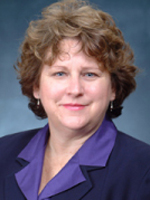
The first Research Day was the brainchild of Dr. Alice Clark, UM vice chancellor for research and sponsored programs, said Summers. Clark invited faculty from Jackson to attend, and now UMMC is returning the favor.
"One of the goals of Research Day is to facilitate communication between our campuses," Summers said. This allows researchers to learn about one another's work and find potential collaborators through a series of three-minute lectures, posters and keynote speakers. Future Research Days will alternate between the campuses.
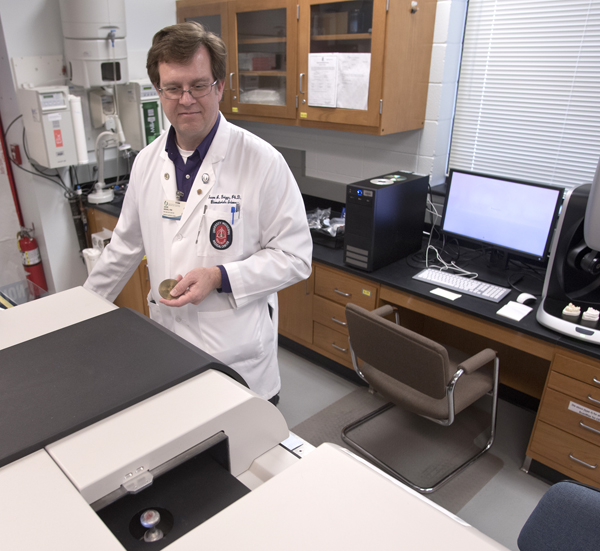
At last year's event, Griggs learned about the work of Dr. Yacoub Najjar, UM professor of civil engineering, and Dr. Hakan Yasarer, UM instructor of civil engineering. Griggs was resubmitting a grant application to study dental implant fatigue but needed an innovative technique to make the application stand out.
Najjar and Yasarer's research uses artificial neural networks (ANN) to model groundwater contamination and seepage. The approach had never been applied to dental materials, and Griggs thought the method would work well in his research.
"We can use ANN to optimize and predict the lifetime of different implants," said Griggs, who now has included Najjar and Yasarer on the grant.
"Working with other researchers gives you different perspectives on a problem," Griggs said. "You can also learn if your descriptions and explanations for your research make sense to someone else."
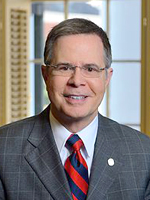
Increased intercampus collaboration is a major objective for Dr. Jeffrey Vitter, chancellor of the University of Mississippi. During his visit to UMMC in December, Vitter noted that the joint reporting of UM-UMMC academic data to higher education boards, which began that same month, is an important step to enhancing the perception of UM as "one university" with two campuses that are "incredibly important components."
"Both campuses can do so much more if they can build on each other's connections and strengths," Vitter said.
The closer ties have helped the university garner its first listing by the Carnegie Classifications as a Highest Research Activity University, commonly known as R1. Carnegie uses the Integrated Postsecondary Education Data System (IPEDS), a collection of college and university statistics, to categorize institutions. The research activity ranking is an aggregate index of research spending, doctoral-level faculty and doctoral degrees awarded.
Only the top 2.5 percent of Ph.D.-granting universities in the United States hold the R1 standard, and now UM is one of them, joining the ranks of Harvard, Yale and Johns Hopkins.
"Attaining the Carnegie 'highest research activity' classification is historic for our university," Clark said. "It illustrates the value we place on scholarly inquiry and the application of our expertise to understanding and improving our world and educating future leaders."
Climbing to the top tier of the Carnegie rankings was a long-sought university achievement. With intercampus collaboration fueling further growth in the UM research enterprise, it won't be the last.


